We caught up with the brilliant and insightful Isabella Angelucci a few weeks ago and have shared our conversation below.
Isabella, thanks for taking the time to share your stories with us today How did you learn to do what you do? Knowing what you know now, what could you have done to speed up your learning process? What skills do you think were most essential? What obstacles stood in the way of learning more?
I was always known as the art kid back in high school. At that time, it was learning the basics; principles and elements of design, perspectives, and color theory. A lot of these concepts I already had a good grasp of from previous years, but it was really around this period that I started to test my ability. I would dabble in different mediums, such as gouache, watercolor, charcoal, ink, graphite, and colored pencil. I would take on very detailed projects, spending hours at my desk working on a single still-life drawing. My hands would have indents from the 0.5-inch colored pencils I refused to throw away. My room was constantly a mess, filled with paint water cups, loose papers, and half-dried paintings. I was probably covered in graphite half of the time.
By the time I turned 18, I began to shift my focus to the concept behind my work. I asked myself “What is the most complex feeling or emotion that I can describe visually?” and began a series of works that really changed the way I think about art. I really leaned into those elements and principles of design to showcase feelings such as “the longing for self-destruction” or “the readiness to grow”. I was really confident in my ability to express myself through my traditional art.
I never gave graphic design any thought before I registered for college classes. I think it was something I wanted to try because it was an art-related career field. While the very basics of art and design are still applied in this field, it was quite a shock when I realized that visual/graphic design required a whole different way of thinking that I was unfamiliar with. In addition to this new way of thinking, I also was learning the Adobe Creative Cloud (Photoshop, Illustrator, InDesign, etc.) with no previous knowledge of any design software. I’ll admit, I was intimidated by the number of new things that I had to learn and the process of re-wiring my brain to think like a designer, but I’ve learned just how much time, thought, detail, and work goes into the simplest designs. It is honestly quite hard to put into words how this way of thinking works, but you can view it as a form of problem-solving. Visual designers are given information that they need to organize in a way that makes it easy for others to understand and follow. They balance color choices, typography, images, and even white space to send out effective messages to consumers.
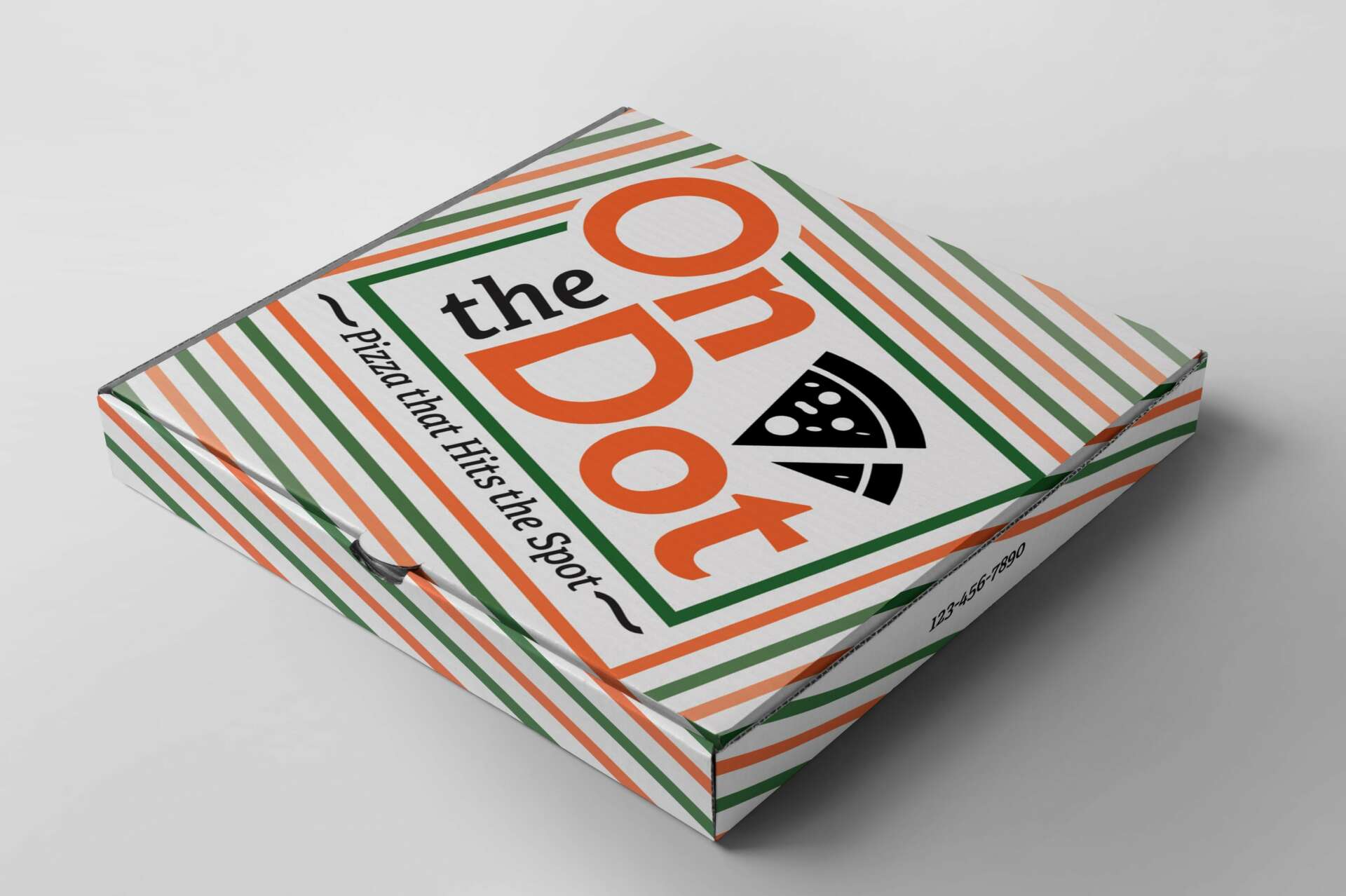
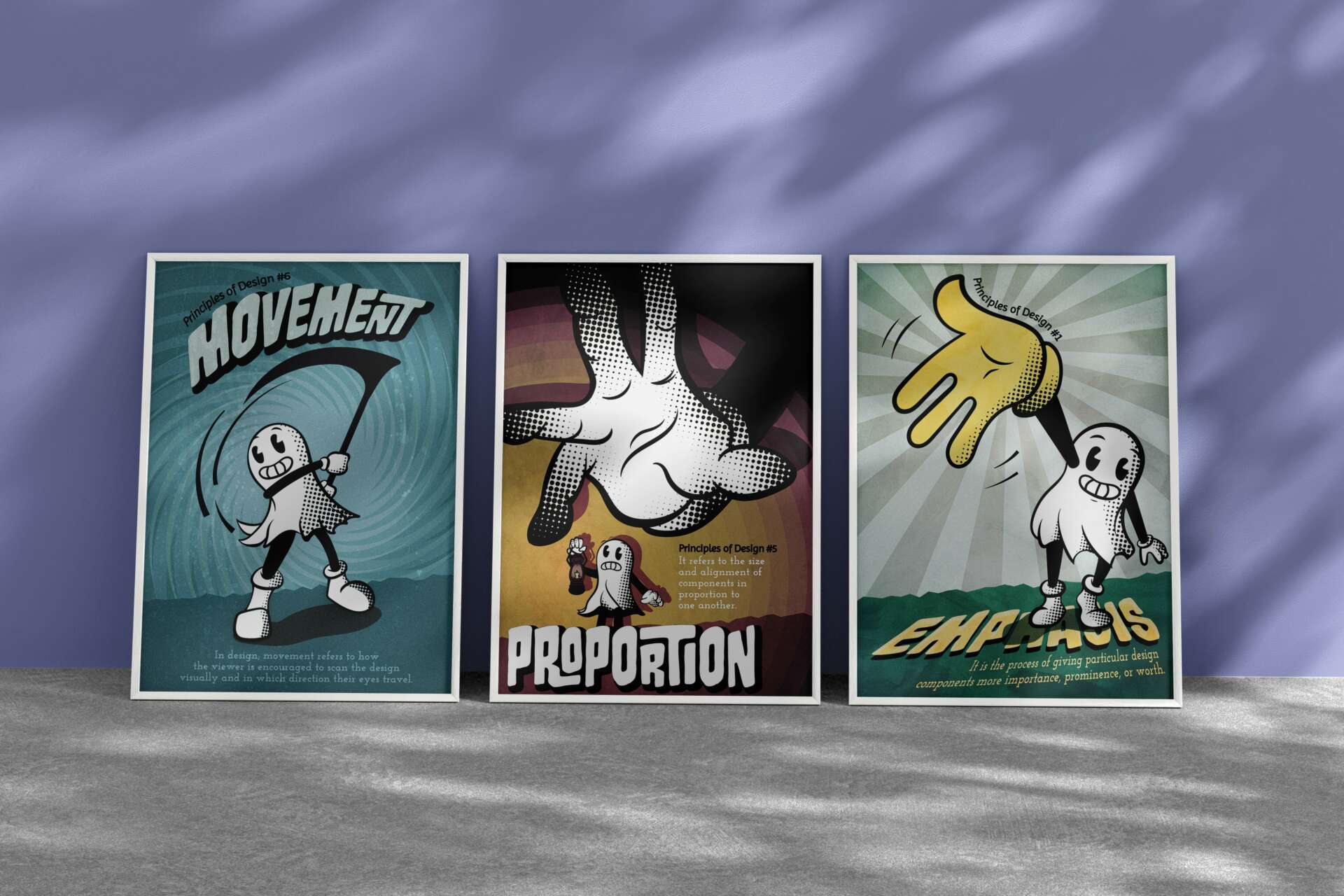
Isabella, love having you share your insights with us. Before we ask you more questions, maybe you can take a moment to introduce yourself to our readers who might have missed our earlier conversations?
Hey! My name is Isabella, and I am a graphic designer and artist located in Massachusetts. I am currently involved in advertisement and content creation for a local collaborative research and development center. In addition to flyers and informational booklets, I have experience designing logos, business cards, posters, packaging (stationery, food, etc.), and book/magazine layouts. The Adobe Creative Cloud (Photoshop, Illustrator, InDesign), Figma, and Procreate are the main programs that I use for design software. I am beginning to branch out and provide freelance design services for individuals who would like support on personal projects.
I also run a very small personal craft business where I sell a variety of items such as art, jewelry, plushies, clothing, and other items that have an alternative/punk style. I hope to help people express themselves through an art piece that they connect with. I’ve fallen in love with attending pop-up craft fairs and markets where I sell my items, talk with customers, and network with other vendors. Local commissions are something that I’ve been working on recently and I hope to open up an online shop soon.
I’m really proud of the variety of work that I produce, and I am excited to grow my portfolio and work with other people to share my love of art and design.
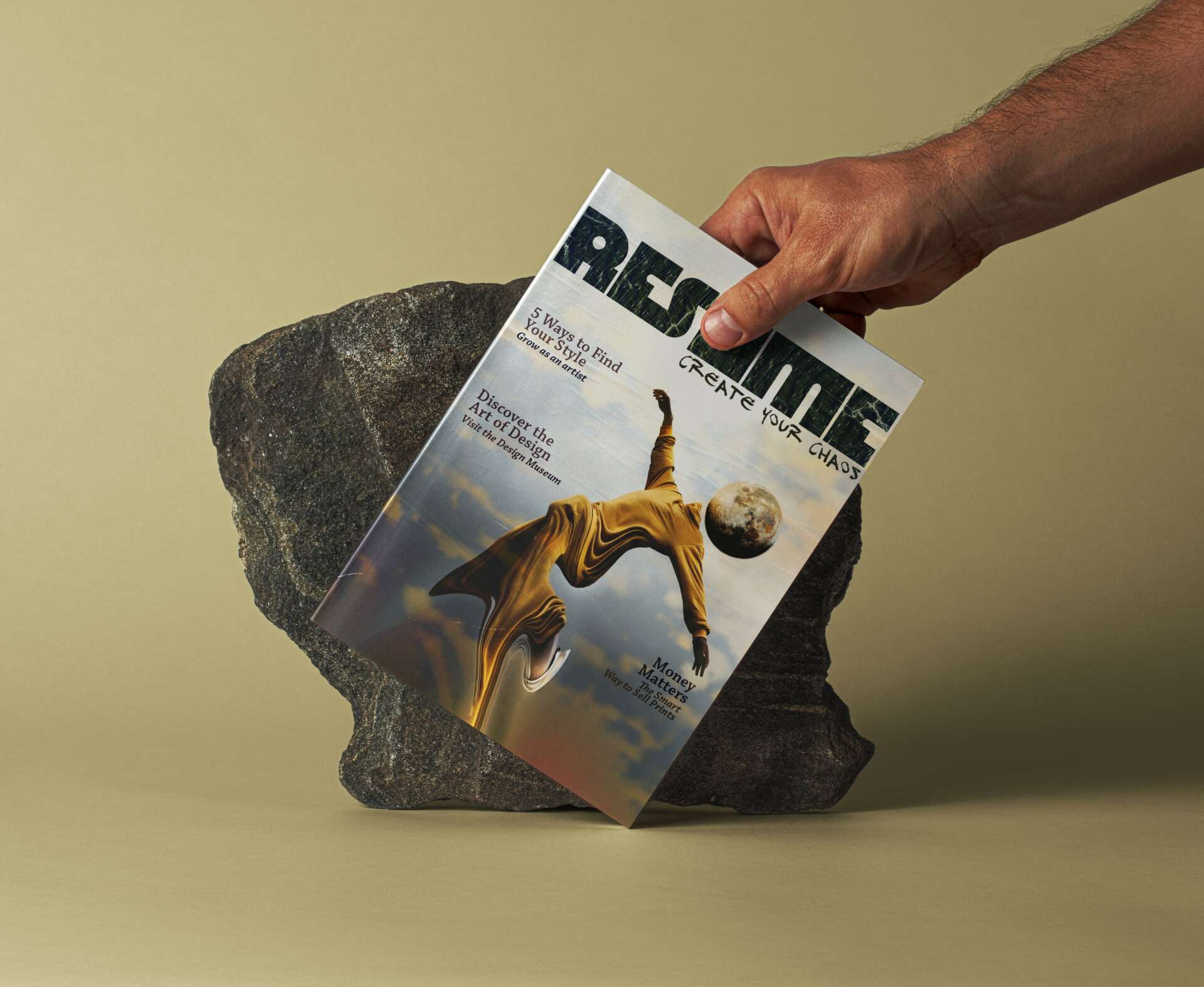

How can we best help foster a strong, supportive environment for artists and creatives?
It is very easy to do a quick search on Amazon and find a gift for someone special, but sometimes we forget to pause and take a look around our own area. Artists and creatives are everywhere, and chances are there are some in your town. Many towns and cities have pop-up craft fairs and markets where small businesses will come together and sell their items. Visiting these events can be a fun outing and a place to find some really cool treasures. Acknowledging these creative people by buying from them, complimenting their work, following them on social media, or recommending their services to someone are great ways to support them. Sometimes simply having a conversation with someone about their work will make their day!
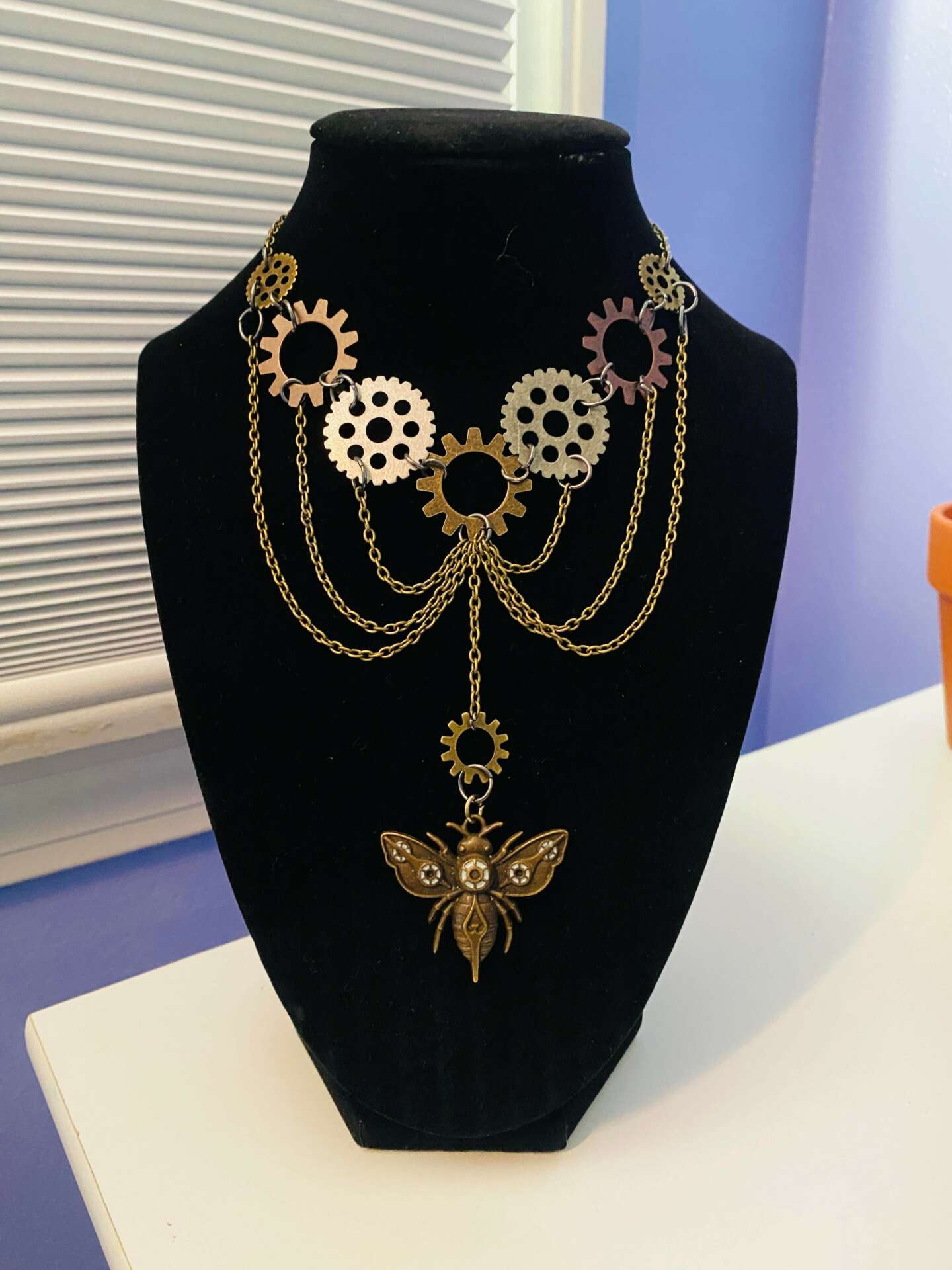
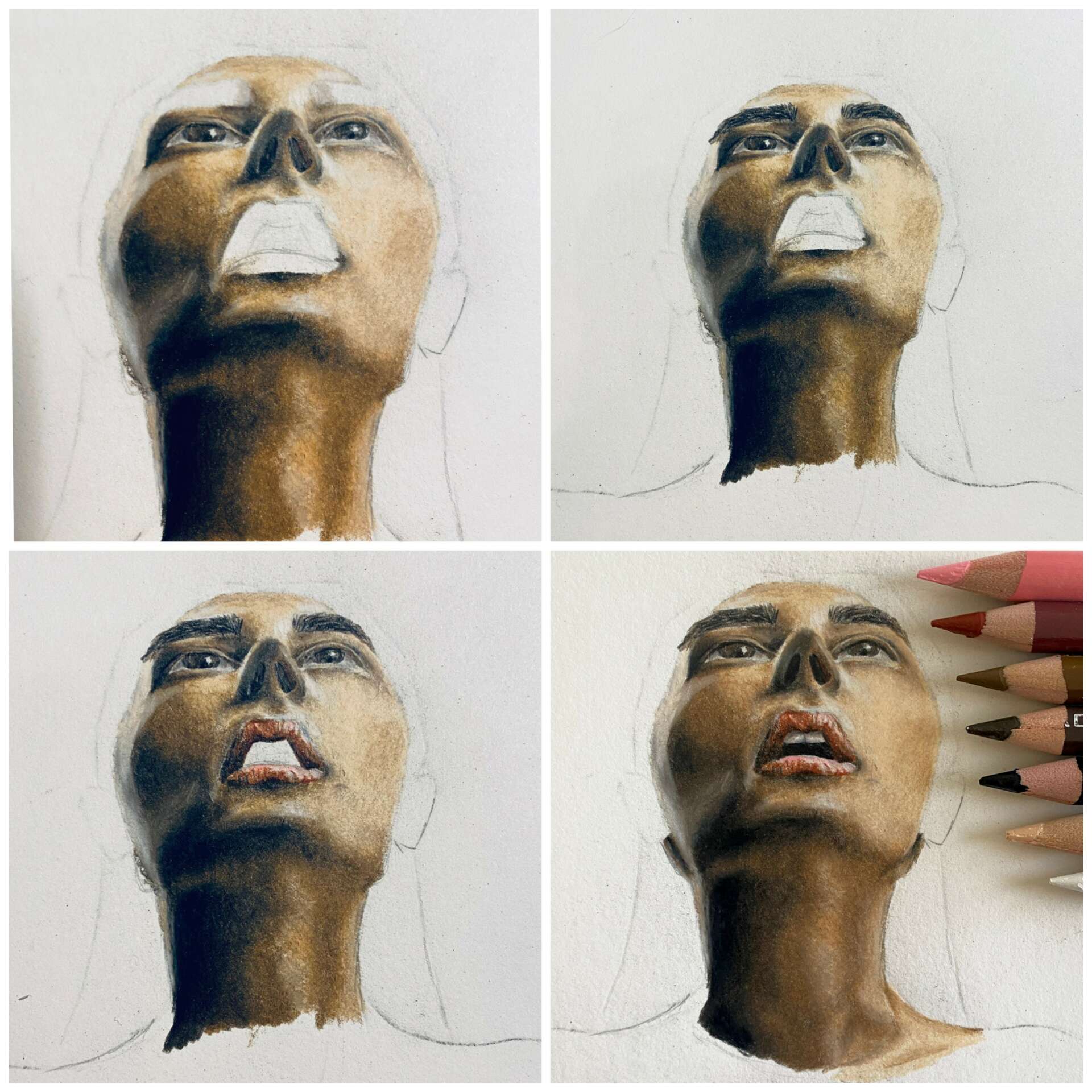
For you, what’s the most rewarding aspect of being a creative?
When people take time out of their day to stop by my table at events and have a conversation with me, pick up my business card, or compliment my work, it is the most rewarding experience. Making those connections with my customers and meeting other creative people holds a special place in my heart and encourages me to continue to work on my craft. Similarly, when I complete a commission for someone and drop it off to them, it is really rewarding to see their excitement and satisfaction with the product.
On the other hand, having my graphic design projects admired by my peers and beginner designers makes me feel very appreciated. I am currently an employed student tutor at my college and work closely with students in the design department. Being a role model for these individuals, helping them to create their best work, and watching their faces light up when they are proud of their accomplishments makes me extremely happy.


Contact Info:
- Website: portfolio: https://sites.google.com/view/isabella-angelucci?usp=sharing
- Instagram: ima.doodle


